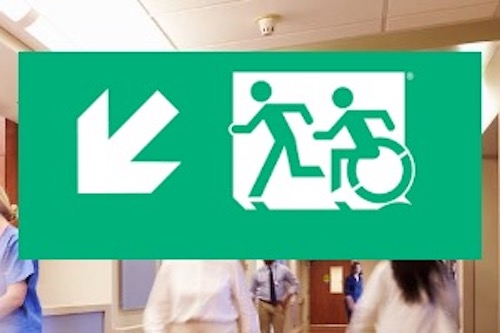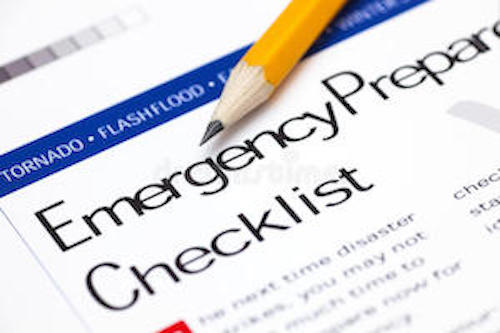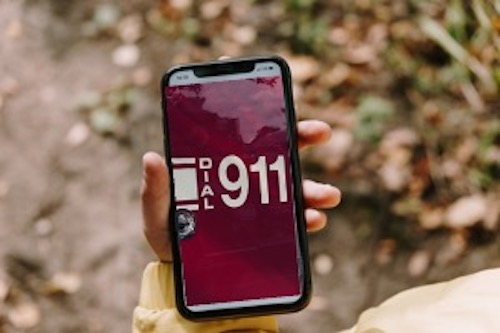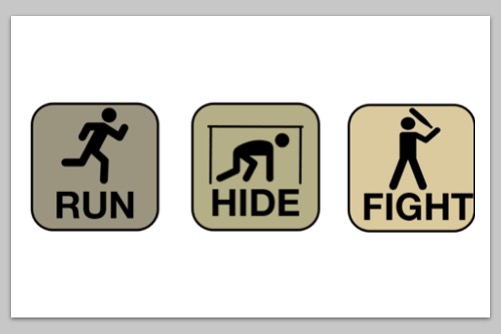Emergency Preparedness Resources for Persons With Disabilities
Proper planning for persons with disabilities in an emergency helps ensure that families stay together with the assistive technologies they need to function independently. The documents below represent basic planning guides to help serve the disability community throughout the Notification, Evacuation, Sheltering and Recovery phases of an emergency.
Our thanks to the CU Center for Inclusive Design and Engineering's (CIDE) Emergency Preparedness Training & Education Services, which provides the documents linked to from this page. Learn more about how you can improve your own readiness by taking CIDE's online short course "Emergency Preparedness for You and Your Loved Ones."
Shelter in Place or Evacuate?
A series of questions to ask in an emergency to determine the best way for caregivers and people with accessibility requirements to respond.
View the Shelter or Evacuate Document
Emergency Preparedness, Prescription Medications, and Medical Supplies
This guides tells what to keep with you at all times, what information to have on hand, and other Rx and medical details to include in your emergency planning.
View the Rx and Medical Preparedness Document
Emergency Preparedness Plan Checklist
A guide to the actions to take and the steps to include in preparing action plans for times of emergency.
View the Emergency Plan Checklist
Emergency Communications Plans
Everyone should have a plan to stay in contact with close community members in the event you are separated. This sheet shows options and best practices for communicating during an emergency.
View the Emergency Communications Document
County Alerts Sign-Up
The CIDE maintains a Microsoft Excel document containing sign-up links and contact information to notify individuals of threats or other emergency situations.
Download the County Alerts Spreadsheet
Center for Inclusive Design & Engineering (CIDE)
See more from CU's CIDE Emergency Preparedness Training & Education Services.





.jpg?sfvrsn=66f2aeba_0)